The Future of Airline Travel
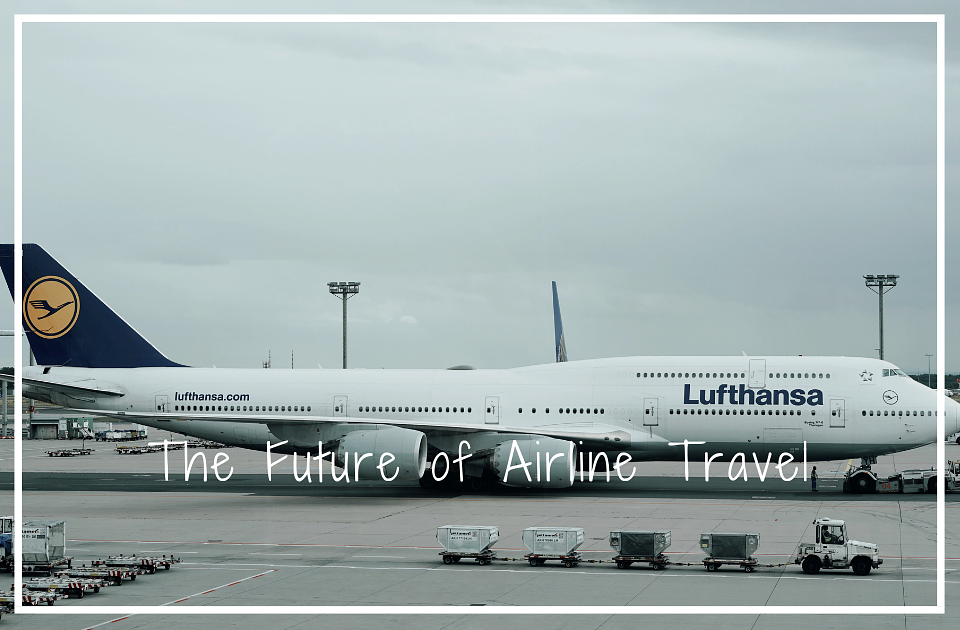
Posted on Mon 17 May 2021
Although we are capable of many amazing things here at Untravelled Paths – such as offering you the chance to see Dracula’s Castle in Romania – accurately predicting the future is not one of those things. However, being specialists in travel and having notched one or two (hundred) flights under our belts, we know a thing or two when it comes to air travel and how it could be improved. Some of these things are more likely and more achievable than others, but that’s part of the fun. We’d be interested to know what you’d like to see make its way into the world of airline travel, let us know on Facebook or Twitter!
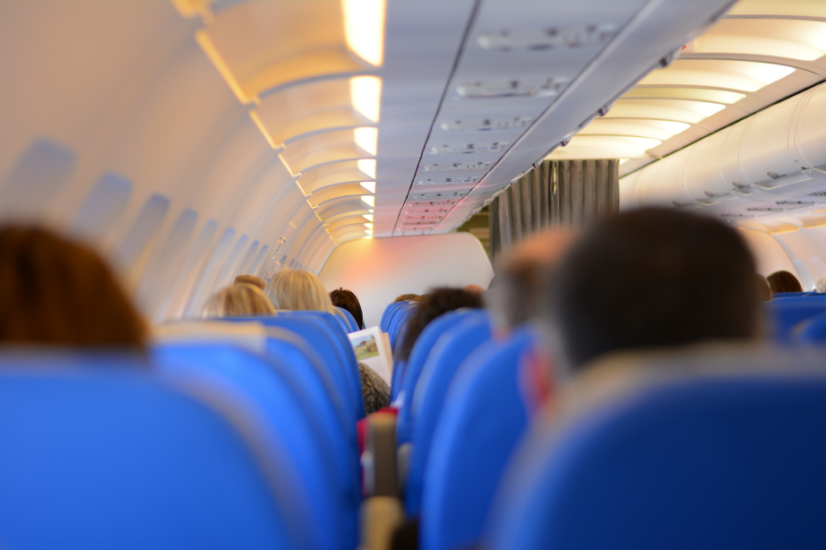
The Price of Travel
Who doesn’t love grabbing themselves a bargain flight to their dream destination? Well, we can expect more carriers offering bargain deals as they strive to compete with the budget airlines we have come to know, love and hate. Mid-weight airlines such as TUI and Thomas Cook have been touting their offers, sales and deals for the first part of the year in an attempt to grab some custom from budget airline competitors easyJet and Ryanair.
Additionally, we can also expect to see more price reductions on long-haul flights as additional carriers begin to offer them. More competition tends to lead to price wars and a race to the bottom, so assuming you stay savvy, you’ll be able to grab some top notch flights for rock bottom prices.
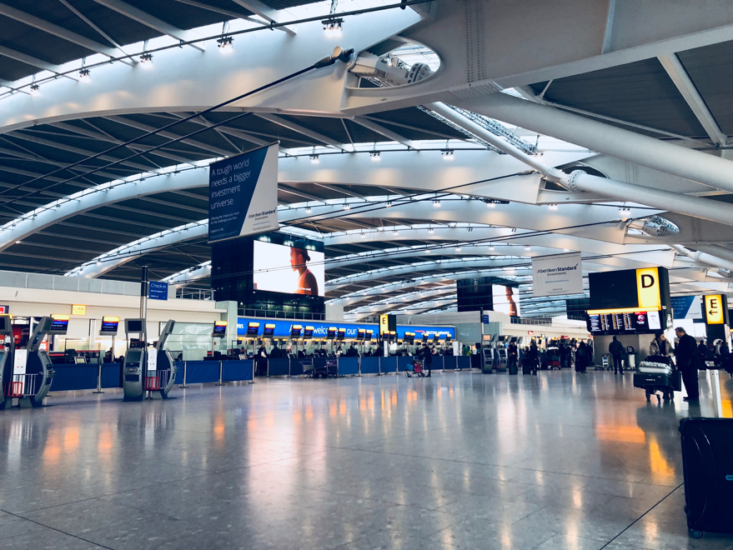
More Routes from Smaller Airports
Heathrow, one of Europe’s busiest airports, is running at a staggering 98% capacity and carries roughly 80-million passengers per year (2018 statistics); more than the entire population of the UK! Although this marvel of engineering, organisation and logistics is performing admirably, it surely can’t be sustainable, can it?
With more and more people using air travel, more flights, more airlines and more planes, the busiest airports will have to either add more to their already busy schedules or allow smaller airports to step up to the plate and take some of the burden. We can expect that smaller airports will start to offer a greater range of flights to a larger selection of destinations. We can also expect to see these airports start to offer competitively priced long-haul services where they aren’t already.
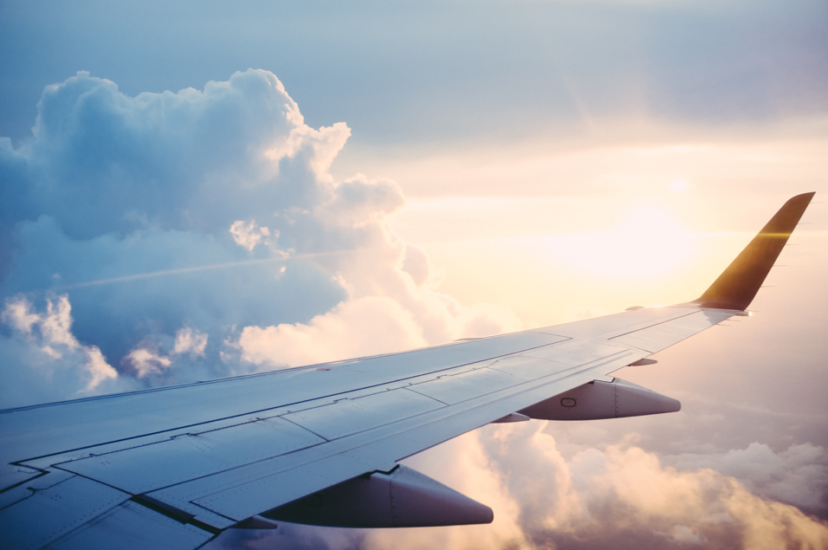
Improvements in Aircraft
This covers a multitude of different aspects and we can expect that the aircraft of tomorrow will offer improvements in the following areas:
Safety: Air travel is already one of the safest ways of travelling, compared to cars, motorcycles and even trains. However, of the very few accidents that happen and the even fewer fatalities that result of these, we would hope that the numbers will continue to decrease until they hit almost zero.
Luxury: For those of you who like to travel in style, we imagine that the luxury of business class will continue to improve, with upgrades in seating, food offering and inflight entertainment such as TV and films. We can also imagine that the staff on board the more glamorous airlines such as Virgin, Emirates, Singapore and others will be able to offer a more attentive service. In recent years, we’ve seen a trend of airlines offering inflight showers, with the Emirates A380 allowing first class passengers to spend 30 minutes in the shower room, however, you’ll only have five minutes of water.
Efficiency: For most airliners, the prime cruising height is between 30,000 and 40,000 feet, this is determined by a number of factors such as the duration of the flight, the direction of the plane and any turbulence that may be encountered. The higher the plane flies, the less air resistance it faces which means it burns less fuel, however, it will use more to reach the required altitude. These are some calculations that should be taken into account by the pilot and will help to determine the best cruising height. In coming years, we will likely see planes that are capable of reaching the required height by using less fuel and be able to cruise whilst consuming less also.
Unfortunately, it’s unlikely we’ll see planes get much quicker than they already are, offering an average cruising speed of 550mph – 600mph. This is because of the huge improvements in power that are required to overcome the increase in drag. As objects get faster, the resistance also increases.
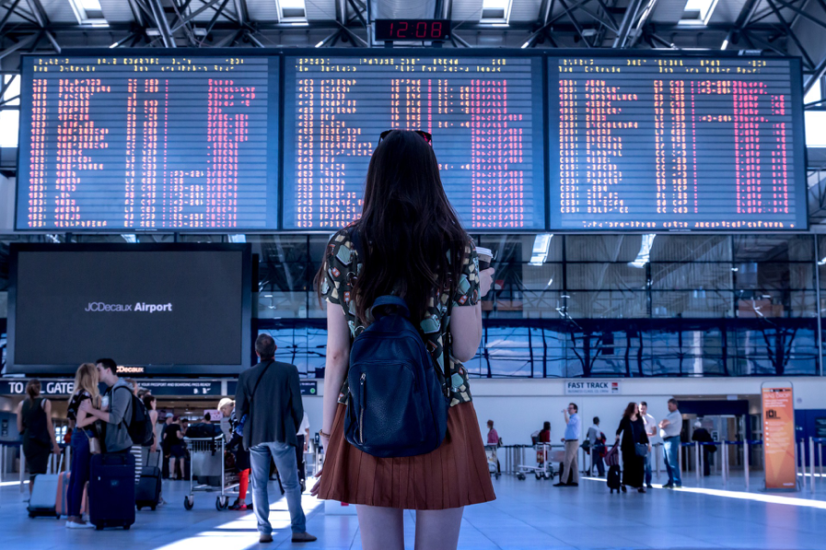
Slicker Airport Processes
While some airports are first adopters of the newest technology, others look like they haven’t been touched since the 1980s. As technology continues to advance at an alarming rate, this will likely continue to impact the world of air travel. Airlines already have apps available for you to book and manage your flights, and to check-in when you arrive at the airport. This has also eliminated the requirement for staffed check-ins meaning you can get to security without talking to a single human being.
The security process is something a little different, the physical presence of a security guard, a gun holstered on their hip, is something that technology will struggle to beat. That said, new and improved ways of full-body scanning have already been implemented in many major airports and will continue to be rolled out, working in unison with the staff as opposed to replacing them. We’ve also seen facial recognition software implemented at arrivals, reducing the need for a staff presence.
These are just a few of the ways we could see potential improvements in airline travel. With constant technological advancements, it’s highly likely some of these will happen in the next few years, and we can’t wait! If you fancy boarding a plane and heading on your next adventure, why not check out our range of great experiences?
Read more from our blog here
